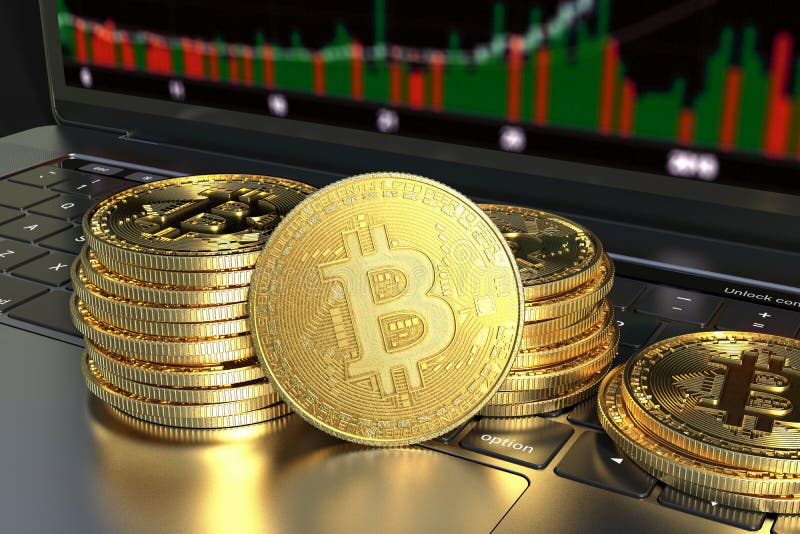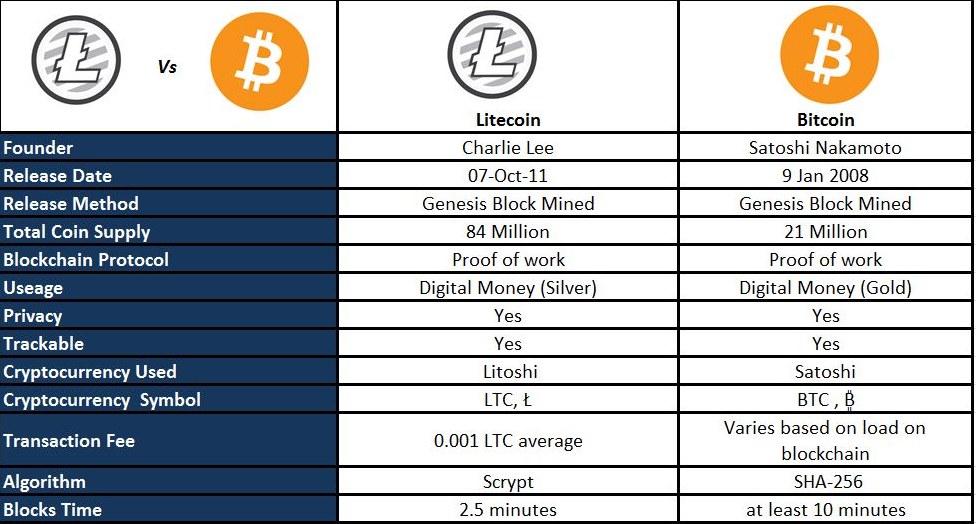


13 Still, RDC represents only a small percentage of branch and ATM transactions of major banks. Wells Fargo accepted 2.3 million checks and $559 million through mobile RDC. During 2012, Bank of America processed 100,000 imaged checks a day through smartphones. Research shows that consumers have become increasingly interested in transactions involving mobile imaging. The average cost of a transaction using an online or mobile device is between 56¢ and 59¢ cents at an ATM, compared to $3.97 when a customer transacts with a bank teller according to a study by the PNC Financial Services Group. It has been reported that Bank of America alone adds 10,000 new mobile users each day.Īccording to Jupiter Research, worldwide mobile payments were estimated to reach $240 billion in 2013. According to a Bank Innovation report in 2012, Wells Fargo had 9 million mobile users, JPMorgan Chase had approximately 12.4 million mobile users, while Bank of America had about 12 million mobile users by 2012. According to the Bain Report of 2012, mobile usage for US banking transactions has increased to 32% of customers compared to 21% of customers in 2011. It is estimated that 60 million people in the United States are using banking services on their mobile devices. Studies estimate that within the next five years, approximately 50% of smartphone owners will use phones as a preferred method of payment. Consumers prefer real-time access to financial accounts and continuous availability to perform financial transactions across different mobile technology platforms. Mobile banking solutions have emerged as a top strategic priority for banks to gain a competitive advantage. Mobile banking has evolved as a regular channel and customer touchpoint in the evolution of the digital ecosystem. Banks will be able to shrink their physical footprints thereby reducing branches and reducing costs. These emerging trends will transform banks along a structure by channel, product, and geography into an organization based on customer segments.

Banks are increasingly facing competition from alternate online payment systems such as PayPal and Google Wallet, which aim to displace banks in daily customer transactions. Social networks are also mobilized to build brands. Interactive tools are also being developed by banks to analyze customer spending habits and strengthen the skills of wealth management. Globally banks are investing heavily in applications for smartphones and digital wallets to support a wide range of banking activities. Technological Innovations and Financial Institutions However, as always, the devil will be in the details. We are encouraged by the statements by regulators, including the CFTC that they plan to issue guidance on the regulation. However, the fact that Bitcoin has been used by parties as part of a fraud does not mean virtual currencies are inherently fraudulent or flawed. The authors appreciate the desire of Congress and the regulators to protect the public from fraudulent schemes that make use of virtual currencies. Though certain regulators, including FinCEN, have sought to clarify this regulatory framework, further clarification by regulators and policymakers is necessary to foster widespread acceptance of virtual currencies. Of course, virtual currencies, like traditional currencies, can also be used for money laundering and other criminal activities.ĭespite the many benefits and drawbacks highlighted by supporters and detractors of Bitcoin, it is clear that presently, virtual currencies exist in a legal gray area. In the authors' opinion, Bitcoin has a clear potential for growth in light of these attributes. Since Bitcoin does not rely on intermediaries, it may lower transaction costs for businesses and emerge as a major means of electronic payment processing. Virtual currencies such as Bitcoin represent an innovation in financial services products and technology that has the potential to support more efficient and transparent global commerce. Zuberi, in Handbook of Digital Currency, 2015 17.10 Conclusions


 0 kommentar(er)
0 kommentar(er)
